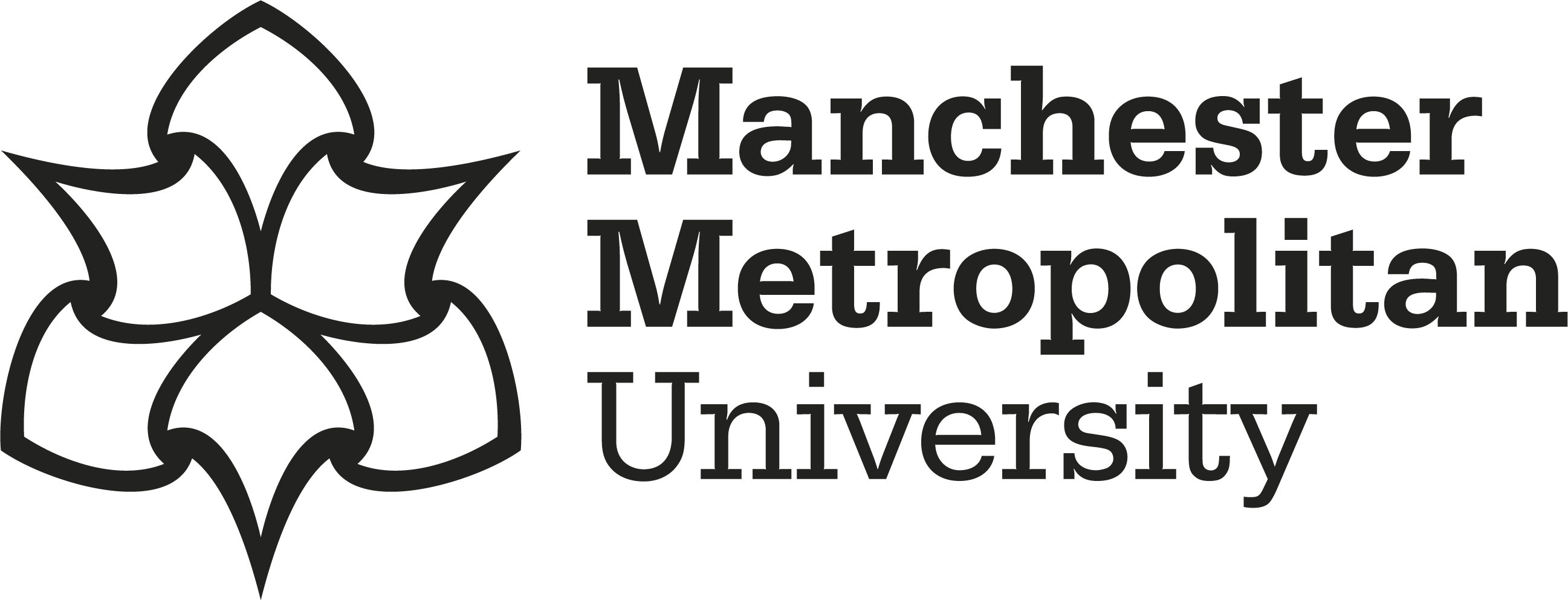Trede, Renato, Selfe, James 
|
Accepted Version
File will be available on: 6 February 2026. Available under License Creative Commons Attribution Non-commercial No Derivatives. Download (246kB) |
Abstract
The purpose of this study was to compare lower limb mechanics and muscle activation during walking at self-selected speed under three randomized conditions: 5° medial rearfoot posting, 5° medial rearfoot and forefoot posting, and a control flat insole. A cross-sectional, repeated measures study was conducted on 16 subjects without major anatomical disorders, evaluating the kinematics, kinetics and muscle activation from the lower limb and pelvis under 3 experimental conditions. Repeated Measures ANOVAs were performed to compare conditions. The medially posted conditions increased the knee adduction impulse (p = 0.006). Significant reductions in muscle activity were noted for the abductor hallucis (p < 0.001) iEMG for both sets of medial posted foot orthoses. Both foot orthoses compared to control insole, reduces foot protonation and hip internal rotation, increases the knee adduction impulse and reduces the muscle activity of the Abductor Hallucis during the stance phase of walking.
Impact and Reach
Statistics
Additional statistics for this dataset are available via IRStats2.


